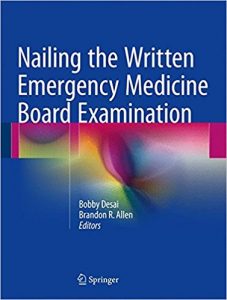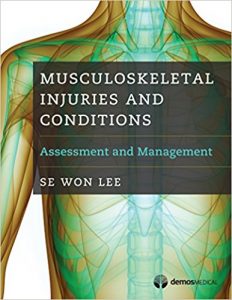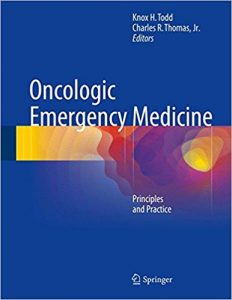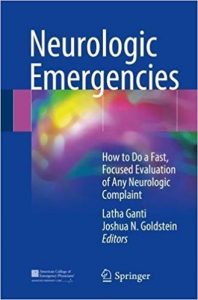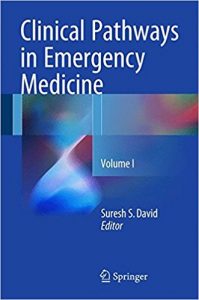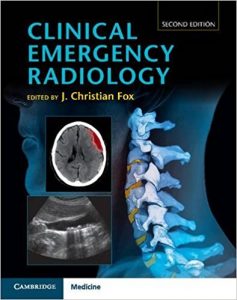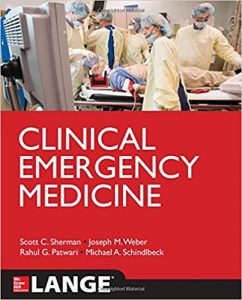Reconstructing the War Injured Patient 1st ed. 2017 Edition
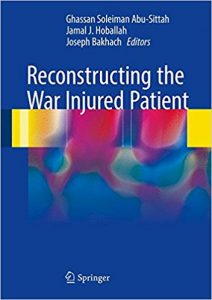
[amazon template=iframe image2&asin=331956885X]
This text provides a comprehensive and state-of-the art approach to reconstruction of the war injured patient tailored to the types of injuries and patients mostly encountered from the Arab region over the past few years at the American University of Beirut Medical Center, one of the largest tertiary care and referral centers in the area and its affiliated hospitals. The book discusses in detail evidence of literature, new research data and new perspectives about the management and reconstruction of all types of injuries: ophthalmic, head and neck, upper and lower limb bone and soft tissue trauma, trunk, visceral and urogenital injuries as well as vascular and central and peripheral nerve injuries. It also highlights the social burden of these injuries as well as the importance of rehabilitation and psychological support for the war injured. The most recent findings of the change in the microbiology of these wounds and their treatment modifications are also discussed.

